Kettle River Q&A – Crap in the river
In a recent column about sediment I noted that fecal coliform bacteria had been rising in the Kettle River at Midway. Some readers asked me to spell out what that means. Fecal coliform bacteria are a large group of microscopic organisms which live in the intestines of warm-blooded animals, including humans, cattle, and deer. They also live in animals’ feces, or “crap”, and continue living for a time in soil, streams, lakes, or groundwater.
When water meets crap on the ground, its load of bacteria, viruses and parasites can be carried into streams and lakes or even into groundwater. Bacteria can thrive in the right conditions or be killed off by sunlight.
These bacteria are not necessarily agents of disease, but are measured because they indicate the possible presence of disease-carrying organisms. The deaths and illnesses in Walkerton, Ontario, were a tragic reminder of why we need to monitor and manage bacteria in water sources, in particular for deadly strains of E. coli.
Increasing fecal coliform bacteria could be due to livestock, failing septic systems, or poorly performing wastewater treatment plants. Other important sources include wildlife, pets, and stormwater runoff in urban areas.
Scientists measure fecal coliform bacteria by counting the number of bacterial colonies (colony forming units, or CFUs) per 100 ml of water. For water to be safe to drink without treatment there should be no colonies present, according to the BC Water Quality Guidelines.
Low levels (less than 10 CFU/100 ml) require disinfection, and greater numbers require higher levels of treatment. Other standards exist for recreation, shellfish harvesting, irrigation, cattle watering, and food processing.
We, as individuals and communities, can help prevent and manage “crap” in our waters by:
• Picking up after pets
• Watering and feeding cattle away from rivers, streams and wells
• Practice good manure management (composting, field application) and prevent buildup in wet areas
• Encouraging native trees and shrubs to grow around the edges of water bodies because they act as filters
• Placing and maintaining septic systems properly and according to regulations
• Placing and maintaining wells far from septic systems, flood waters, and agricultural runoff
• Testing water regularly
• Maintaining and updating sanitary and storm sewers in urban areas
The Stakeholder Advisory Group will be looking at these and other strategies for protecting water quality and managing risks to drinking water this fall – stay tuned to our website at http://kettleriver.ca.
— Graham Watt is the coordinator of the Kettle River Watershed Management Plan for the RDKB, and is working with a Stakeholder Advisory Group from across the region to develop the plan. Email plan@kettleriver.ca


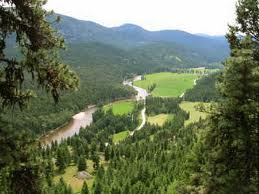
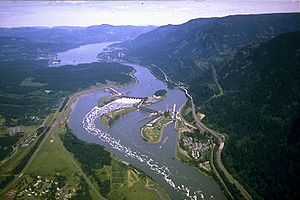


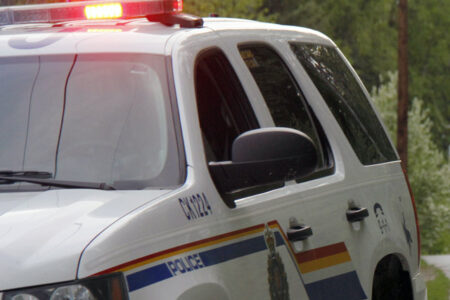
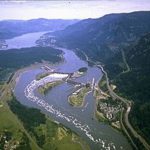

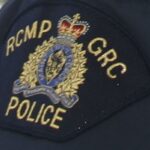

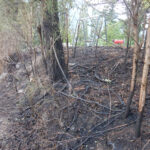


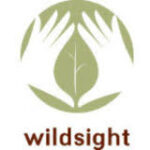

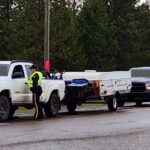



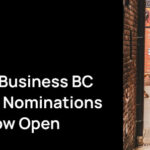
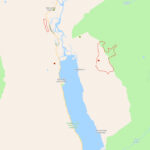
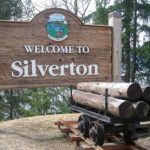
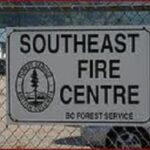


Comments